"Farolitas for Abuelo" is set in San Juan, a census-designated place in southeastern Rio Arriba County, one of New Mexico's northernmost counties.
Truchas Peaks, Rio Arriba and Mora counties, Sangre de Cristo Mountains, northern New Mexico
view from Española, Rio Arriba and Santa Fe counties, north central New Mexico: JerryFriedman, CC BY SA 3.0, via Wikimedia Commons @ https://commons.wikimedia.org/wiki/File:Truchas_peak_winter.jpg
Rio Arriba ("Upper River"), the north central county in which Luz lives in "Farolitos for Abuelo," derives its name from the Rio Grande, which courses from south central Colorado into New Mexico, serving as major water source for Luz's county.
Rio Grande by moonlight, Embudo, a census designated place about 15+ miles (24+ km) northeast of Luz's village of San Juan.
moonlit Rio Grande, Rio Arriba County, north central New Mexico; October 19, 2013, 20:20:34: Mike Lewinski (ikewinski), CC BY 2.0, via Flickr @ https://www.flickr.com/photos/ikewinski/10392686295/
In "Farolitos for Abuelo," Luz honors her Abuelo's love for Catholic Christmas festivities by visiting his gravesite during the Christmas season and placing farolitos in the cemetery.
Cementerio del Pueblo de Truchas, beside High Road to Taos, southeast Rio Arriba County, north central New Mexico: BFS Man from Webster, TX, USA, CC BY 2.0, via Wikimedia Commons @ https://commons.wikimedia.org/wiki/File:Cemetery,_Truchas_NM_(5301310103).jpg
In "Farolitos for Abuelo," Luz honors her Abuelo's memory through placement of farolitos during the Christmas season in the cemetery:
Christmas Eve display of paper bag lanterns (farolitos)
Albuquerque, Bernalillo County, central New Mexico: Camerafiend at English Wikipedia, CC BY SA 3.0, via Wikimedia Commons @ https://commons.wikimedia.org/wiki/File:Luminarias.jpg
In "Farolitos for Abuelo," Luz and her family enjoy village life in San Juan, most of whose residents are members of nearby Ohkay Owingeh Pueblo, dating from around 1200 AD.
Matachines (Spanish: matachín): Sword dancers perform religious, ritualistic dances on Christmas Day in Ohkay Owingeh Pueblo.
southeastern Rio Arriba County, north central New Mexico: Larry Lamsa, CC BY 2.0, via Wikimedia Commons @ https://commons.wikimedia.org/wiki/File:Los_Matachines_de_Ohkay_Owingeh.jpg


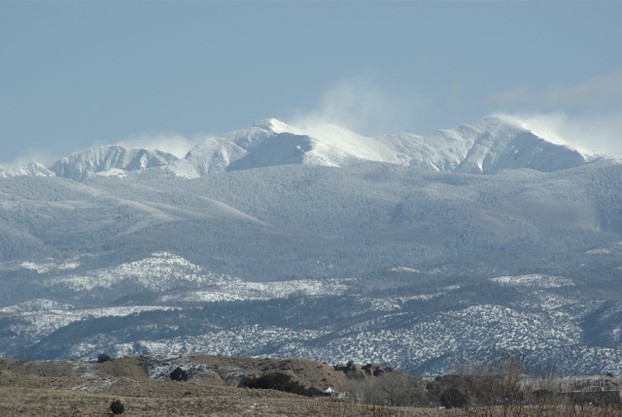
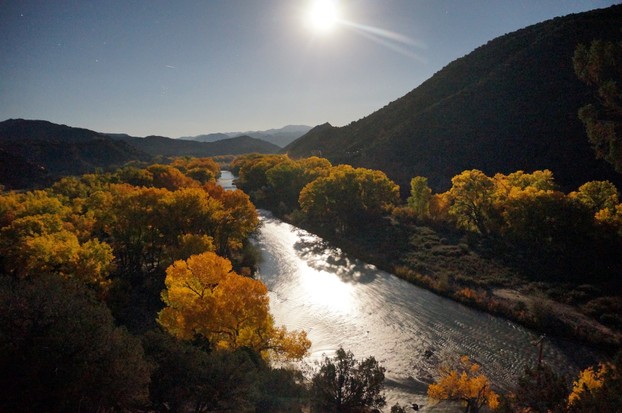
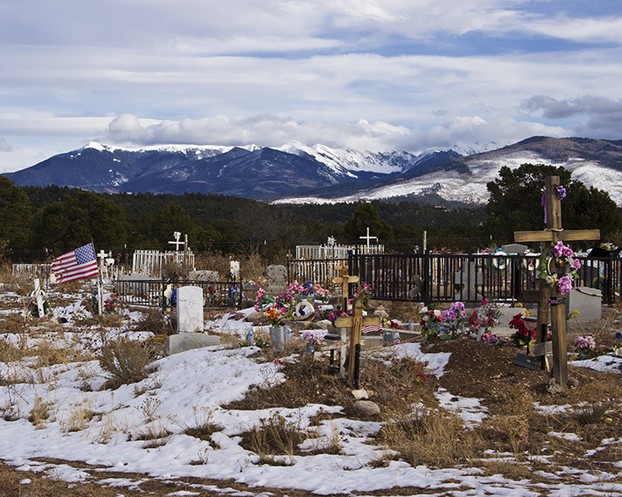
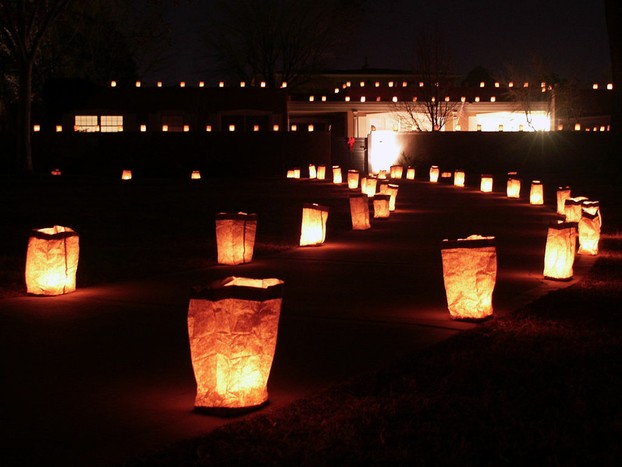
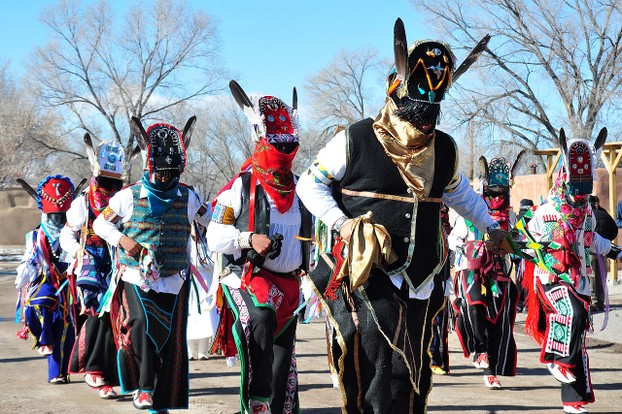


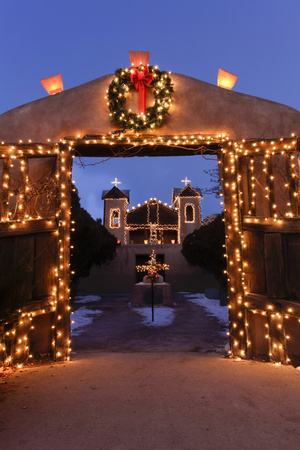

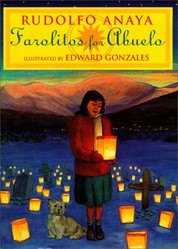

 Are Hawaiian Huakai Po Nightmarchers Avenging Halloween Thursday?on 10/02/2024
Are Hawaiian Huakai Po Nightmarchers Avenging Halloween Thursday?on 10/02/2024
 Mailing Addresses for 2023 Form 4868 Extending 1040 and 1040SR April 15, 2024, Due Dateon 04/15/2024
Mailing Addresses for 2023 Form 4868 Extending 1040 and 1040SR April 15, 2024, Due Dateon 04/15/2024
 Mailing Addresses for 2023 Forms 1040 and 1040SR Filed in 2024on 04/15/2024
Mailing Addresses for 2023 Forms 1040 and 1040SR Filed in 2024on 04/15/2024
 Mailing Addresses for 2022 Form 4868 Extending 1040 and 1040SR April 18, 2023, Due Dateon 04/13/2023
Mailing Addresses for 2022 Form 4868 Extending 1040 and 1040SR April 18, 2023, Due Dateon 04/13/2023

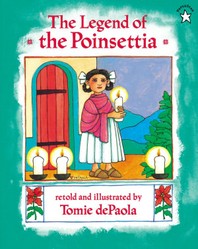
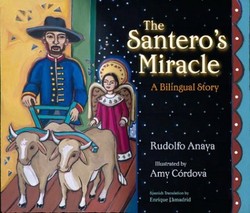
Comments